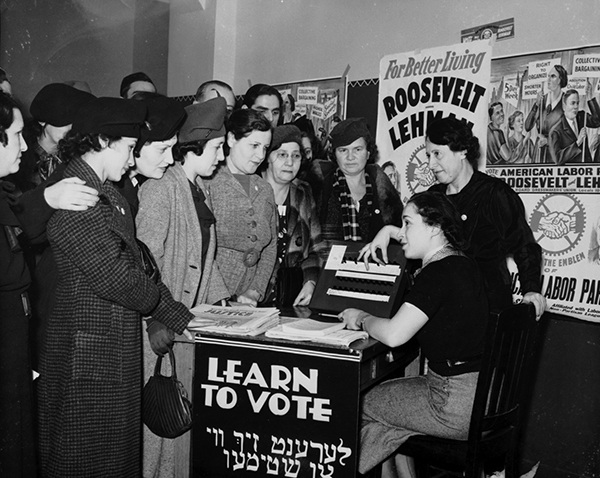I learned so far that the Era of Reform was when Christians said they could build “Heaven on Earth,” and when they fought to improve education and have good public schools, they also fought to end slavery and also fought for women to have equal rights and debated that there were unequal rights and women should be allowed to vote.
— Jenna Osteen
In the early 1820s a man named Horace Mann contributed to the improvement of education. He wanted to get more children into schools. On the frontier, 60 children might attend a part-time, one-room school. In Massachusetts, Horace Mann was the state’s supervisor of education. He wanted children to be taught to pursue careers, like becoming inventors, discovers, skilled artisans and scientific farmers. The public responded gratefully with his advice and the ideas were adopted in many North and West states by 1850. In 1837 Ohio’s Oberlin College became the first school to admit women. It was a reforming time.
— Addie Berg
During the 1820s and 1830s, many people were working to reform various aspects of America. One important thing was equal rights for women. At the time, there weren’t many laws to help women. They couldn’t vote, they didn’t own property and they had no protection from abusive husbands. Working to change that, women reformers held a convention to decide what to change. They decided women should have property rights, be allowed to practice professions like medicine and law and have the right to vote. Eventually, they made progress and left their legacy of women’s equal rights.
— Audrey Hughes
One era of reform is women’s rights. Before it was changed women were not allowed to own land, earn money, vote and get an education. Instead the males had all of the money, education and rights forcing women to stay hidden from society because they were not allowed any rights. Today women are allowed to vote on laws, get an education and go to college, own land and even get a job. For it to change, women had to stand up for what they believed in against everyone else to get what they wanted.
— Brendan Koenig
In the mid-1800s, there were many problems that gave people a reason for reform. To me, improving education was the most important of those reforms. In the early 1800s, few places had public schools except for the Puritan town schools, so most children were lucky if they went to school at all. Horace Mann, Massachusetts’ Supervisor of Education, spoke out for the need for public schools and the people of Massachusetts responded by voting for taxes for schools, higher teacher salaries and a training school for teachers. Even after all of this, few high schools and colleges accepted women.
— Dru Grasseth
One of the Eras of Reform is that in 1851, a group of people met in a church to discuss the rights of women. An African American woman walked in and sat down. Sojourner Truth was listening to the crowds arguing whether women were strong enough to do other stuff rather than raising children. A man said, “Women are weak,” as an ending answer. She then stood up and said, “Look at my arm. I have plowed and planted, ain’t I a woman?” After her speech people applauded. And since then, women have had rights.
— Adriana Torres
During the early 1820s and 1830s the spirit of reform happened. It was fitting that the meeting attended by Sojourner Truth took place in a church. New religious movements played a key role in inspiring thousands of Americans to try to remake their society. The Second Great Awakening was a revival of religious feeling that swept across the nation in the 1820s and 1830s which fired people’s emotions. People gathered in churches and in big white tents to hear messages of hope from the preachers like Charles G. Finney, a leader of the movement.
— Bryan Perez
In the Second Great Awakening, one of the eras of reform was the improvement of public education, In Massachusetts, Puritans has established town schools. Few other area had public schools — schools paid by taxes. Wealthy parents sent their children to private schools or hired personal tutors at home. In schools each class had about 60 kids in one classroom. Teachers had limited education and were paid very little. Most children didn’t even go to school and a lot of poor children stole.
— Tristin Dodson



